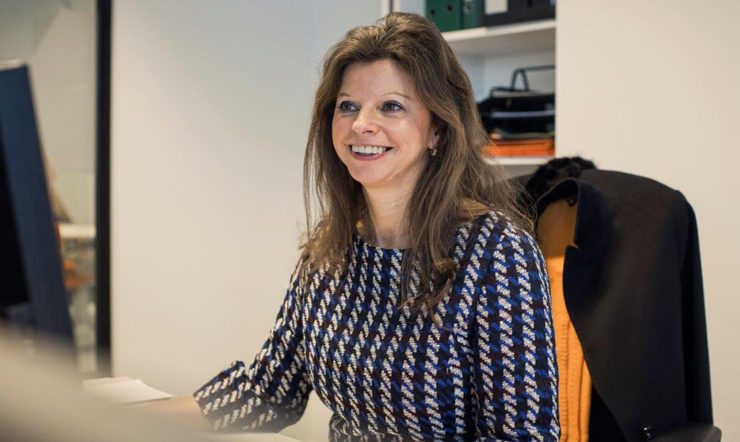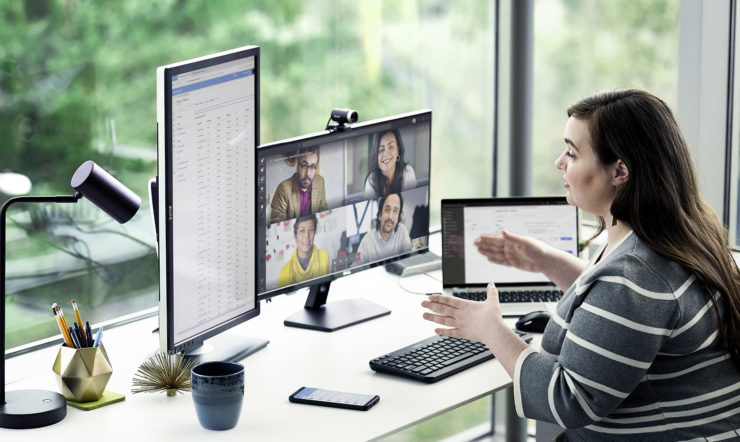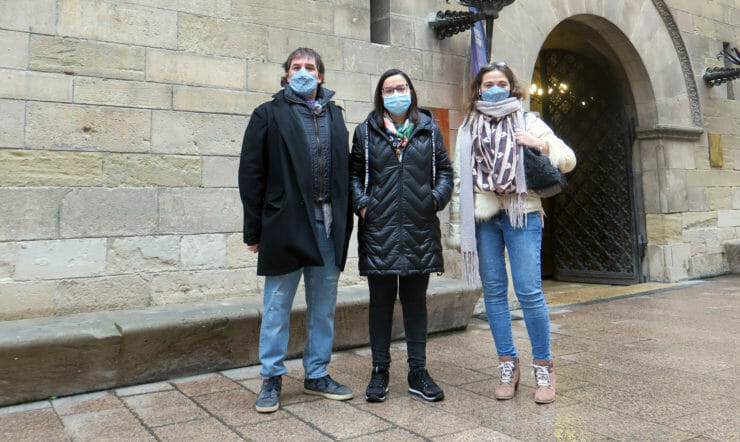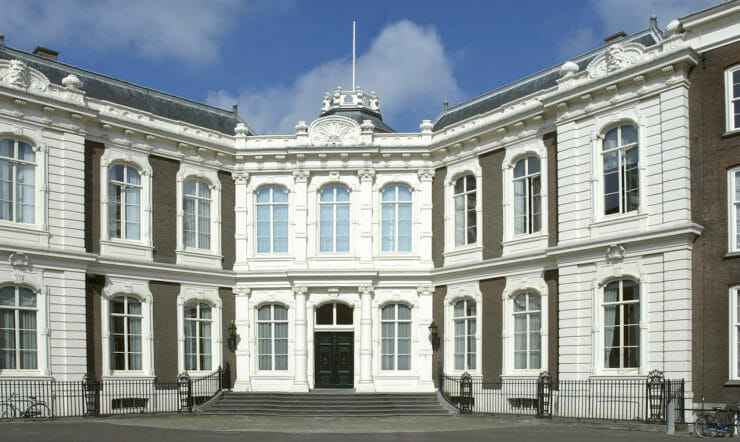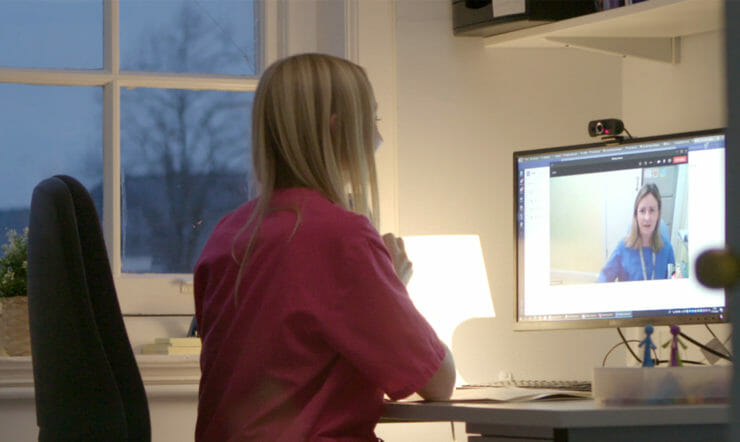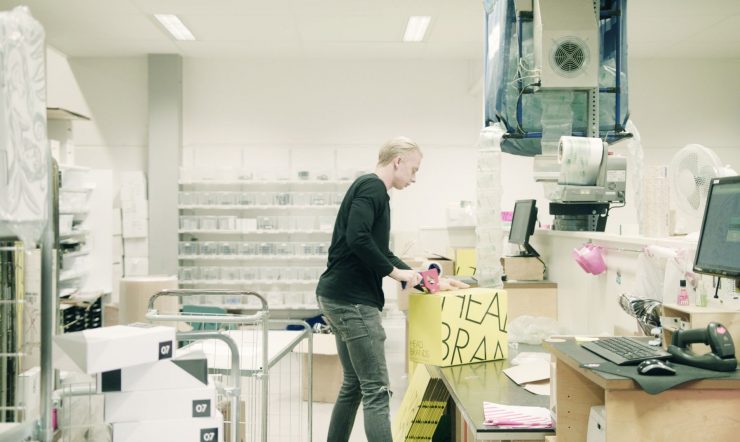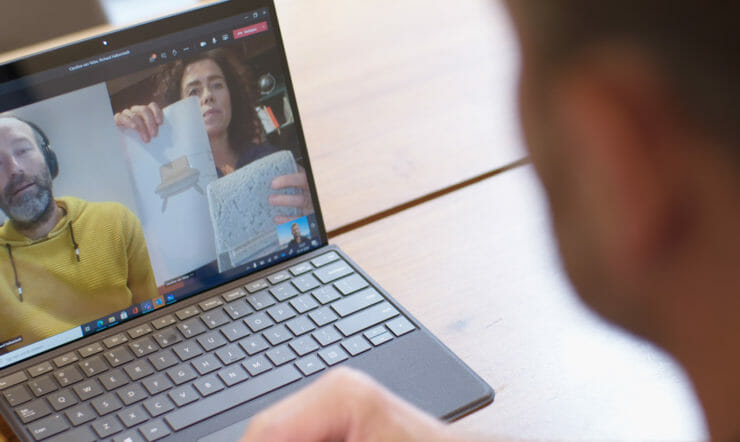The pandemic has upended every part of our lives – our work certainly included. Early in the year we saw companies across the region pivot within a matter of days to enable remote working for members of staff – with leaders looking to keep workers safe while maintaining business continuity. For most people, this represented a pretty dramatic shift from the 9-to-5 (give or take) office-based existence that started and ended with a commute and had been the norm for decades for many employees.
As many parts of the world are bracing for a second wave of the pandemic, we know from our customers that there is one big question: how do we reimagine our workforce so that teams remain agile, productive and creative in the midst of so much change and uncertainty?
To help answer that question, we commissioned a piece of research across 15 European markets in August 2020 and asked thousands of workers and employees about their experiences this year and their expectations of the future.
Key takeaway: regardless of the course of the pandemic, people want more flexible, remote ways of working to continue. Business leaders and employees both want a more hybrid approach, with time in the office balanced with remote working.
However, the experiences during lockdown have yielded some key learnings that every business can implement as they look to maximize the potential of remote and hybrid teams.
When asked about the pain points associated with remote ways of working, people in all countries and industries reported feeling a weaker sense of company culture, less team cohesion and less collaboration. This is a cultural challenge that has a big bottom-line impact. We also saw that leaders reported far less innovation around core products and services. This stands to reason. After all, how can great new ideas thrive in an organization when people feel disconnected?
In looking at the companies that have managed to maintain culture and collaboration as well as innovation we see a huge difference in the way people work with their managers and leadership.
Here are three things managers in these companies are doing differently:
1. They empower people
Companies that have maintained innovation levels are much more likely to have employees who feel empowered to approach their jobs in their own ways, make decisions with confidence and speak their minds.
It’s no coincidence that these people also report that they feel like it’s okay to make mistakes. When Microsoft went through its own transformation, this was an important change for us. Getting beyond failure, embracing our growth mindset, and embracing at it as an opportunity to learn and get better, is absolutely essential for any company looking to maintain a strong pipeline of fresh thinking and bold ideas.

2. They maintain an open, honest dialogue with team members
Managers in innovative companies seem to have a very wide-open door with their team members. It’s interesting to note that they are far more likely to recognize good work than their peers in less innovative cultures. Expressing appreciation is as simple as it powerful. But, let’s be honest: when you’re under tight deadlines, and feeling stressed – it’s all too easy to forget as we race through our days. Expressing gratitude is habit we can strengthen every day.
These managers are also twice as likely to provide regular feedback to their team members. But what’s especially telling in my opinion, is that they are far more likely to actively seek input from workers. This says a couple of things to me. One, is that this kind of dynamic underscores that these managers don’t pretend to have to have all the answers. This helps shape a culture in which it’s okay to seek help, and that collaboration is key to successful problem-solving. Secondly, it underscores to team members that their knowledge, experience and creativity is valued.

3. They actively protect people’s work/life balance
Friends, colleagues, customers all have expressed the challenges they’ve faced maintaining a healthy balance with remote work now commonplace. The research backs this up: people are working longer days. When you can’t walk out of the office and head home, when does the working day actually end? It can be tempting to leave the laptop open and keep an eye on things. Or, agree to that super late (or early) meeting thinking “Well, I’ll be home anyway.”
Innovative companies have team leaders who work to make certain people don’t fall into this trap. They work with their people to ensure they are approaching their days in a way that promotes well-being while ensuring business needs are met. For example, they might limit calls and asks outside of normal business hours, or encourage people to approach their days working more flexibility, making time for children, fitness and hobbies.

In this new hybrid world of work, successful managers are approaching their jobs differently. They are delicately balancing people’s need for regular, open dialogue while at the same time allowing greater latitude in how people approach their roles. As importantly, they prioritize the human element of their role – celebrating people’s successes, and thinking not just about individuals’ performance, but their overall well-being too.
In short, successful teams will be those characterized by empathy, comradery and a collaborative spirit – and team leaders who protect and nurture these attributes.
To learn more about remote and hybrid teams please visit: https://aka.ms/rework
